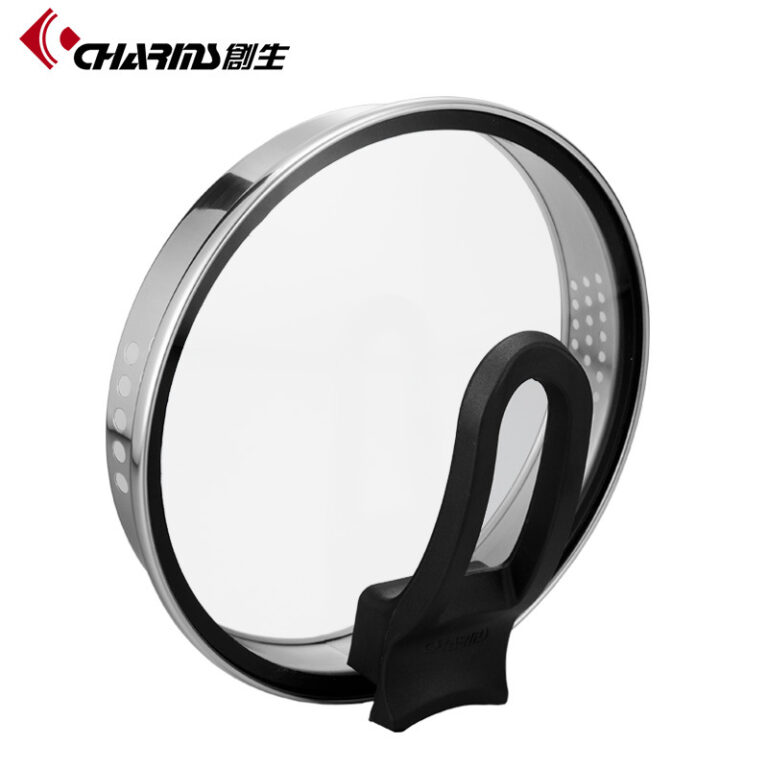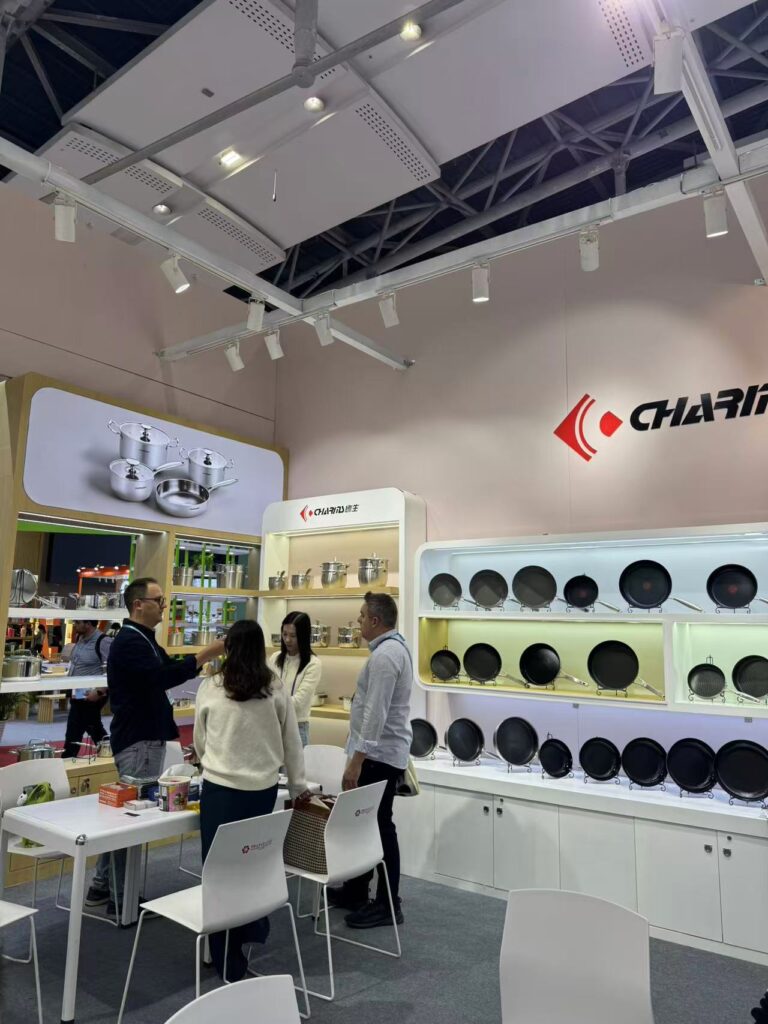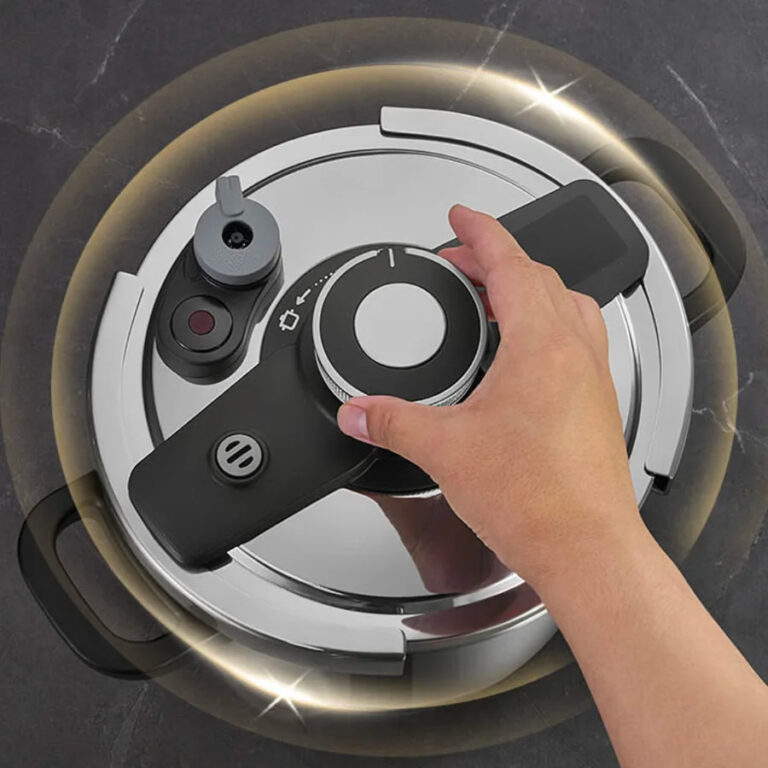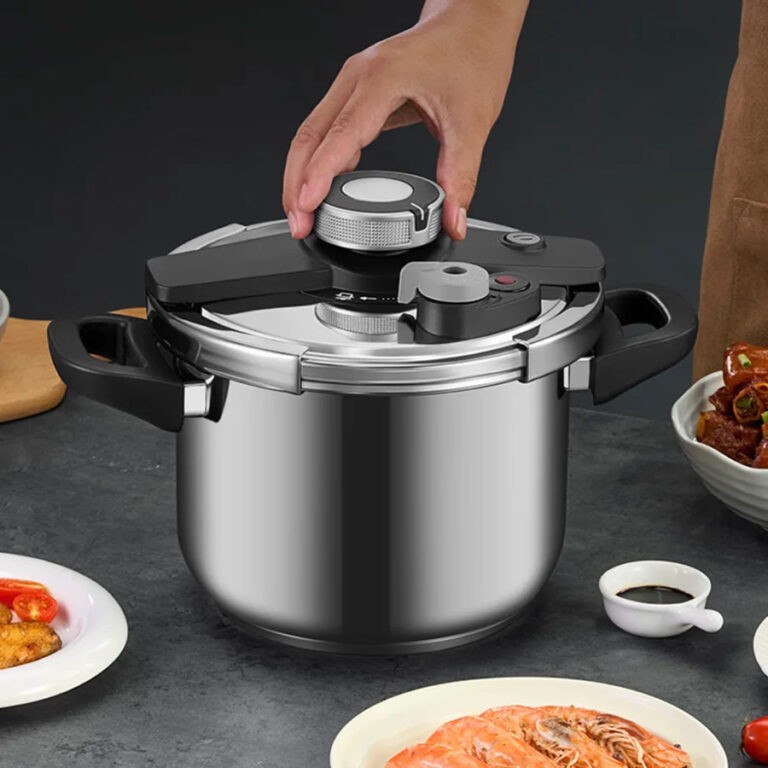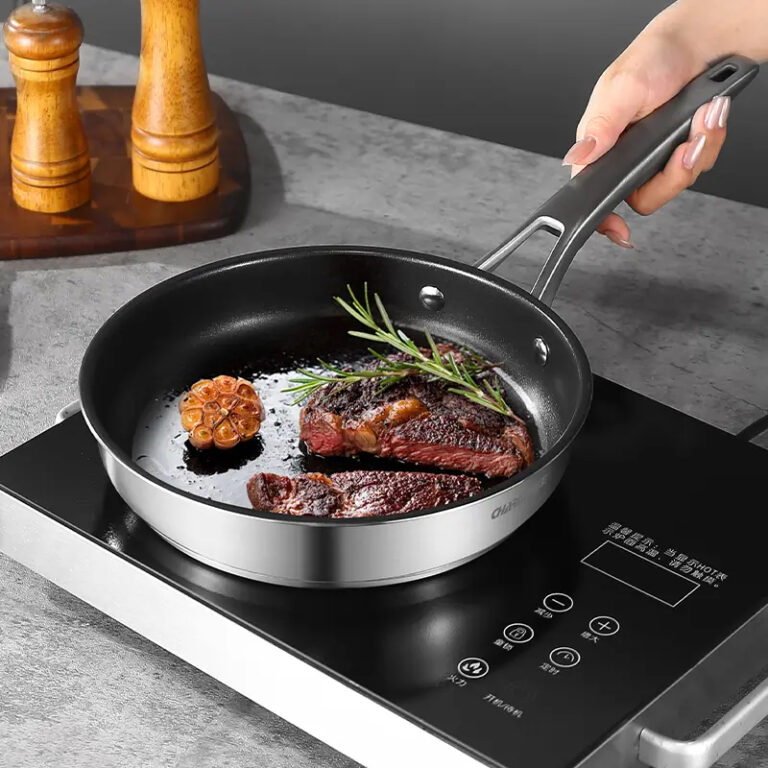We are a kitchenware manufacturer with over 30 years of experience and have a deep understanding of stainless steel cookware. For decades, we have witnessed firsthand how material selection directly affects the performance, durability, and safety of kitchens.
Today, let’s delve into a topic that often confuses chefs and consumers: What are the differences between 304 stainless steel cookware and 201 stainless steel cookware? Understanding these differences can help you make informed choices for your kitchen, whether it’s for daily cooking or demanding cooking environments.
Table of Contents
Toggle1. What is 304 Stainless Steel
304 stainless steel is often considered the industry benchmark for high-quality kitchenware. It belongs to the austenitic stainless steel family and is composed of approximately 18% chromium and 8% nickel, which is why it is commonly known as 18/8 stainless steel.
The higher nickel content plays a critical role. Nickel improves corrosion resistance, stabilizes the structure of the steel, and helps it maintain a bright, polished finish even after years of heavy use.
Why 304 Stainless Steel Stands Out
-
Corrosion Resistance: It withstands humid environments, exposure to salt, and acidic foods such as citrus and tomatoes.
-
Durability: With proper care, 304 cookware can last for decades without rusting or warping.
-
Food Safety: It is non-reactive, meaning it does not leach metallic taste into food or alter its color.
-
Versatility: Suitable for cookware, cutlery, sinks, work surfaces, and even surgical instruments.

2. What is 201 Stainless Steel
201 stainless steel was developed as a cost-effective alternative to 304. Instead of relying heavily on nickel (which is expensive), it reduces the nickel content to around 4–5% and compensates by adding more manganese.
At first, 201 stainless steel can look almost identical to 304. Both shine, both feel solid, and both can be shaped into durable cookware. However, the long-term behavior reveals significant differences.
Characteristics of 201 Stainless Steel
-
Lower Cost: The main advantage is price. It reduces material costs, which is appealing for budget-friendly products.
-
Adequate Strength: It is harder than 304 in some ways, making it less prone to dents.
-
Corrosion Limitations: It is more vulnerable to rust, particularly in humid kitchens or when exposed to acidic foods.
-
Maintenance Demands: Requires frequent cleaning, drying, and polishing to maintain appearance.
3. 304 Stainless Steel vs 201: A Comparative Analysis
Here is a detailed comparison table for quick reference:
| Feature | 304 Stainless Steel (18/8) | 201 Stainless Steel |
|---|---|---|
| Composition | ~18% Chromium, 8% Nickel | ~16–17% Chromium, 4–5% Nickel, higher Manganese |
| Corrosion Resistance | Excellent; resists rust in humid, salty, or acidic conditions | Moderate; prone to rust and discoloration |
| Durability | Extremely durable; decades of lifespan | Moderate; shorter lifespan |
| Heat Resistance | Withstands high and fluctuating heat | Handles moderate heat but may warp under extremes |
| Appearance Over Time | Maintains shine and smooth surface | Dulls faster; scratches more easily |
| Food Safety | Non-reactive; preserves the flavor and color of food | Can react slightly with acidic foods |
| Maintenance | Low; easy to clean, dishwasher safe | Higher; requires regular drying and polishing |
| Cost | Higher initial investment | Lower upfront cost |
| Common Uses | Premium cookware, commercial kitchens, food-grade equipment | Budget cookware, utensils, decorative kitchen items |
4. 304 Stainless Steel Performance in Kitchenware
From decades of manufacturing, I can confidently say that 304 stainless steel is unmatched when it comes to premium cookware.
Performance Advantages
-
Heat Distribution: Cookware made from 304 provides even heating, which reduces burning and ensures consistent results.
-
Non-Reactive Surface: Ideal for cooking tomato-based sauces, lemon-infused dishes, or vinegar reductions without any risk of metallic taste.
-
Longevity: Many of our clients report that their 304 cookware looks almost new even after five or ten years of use.
-
Cleaning Convenience: Resistant to stains, safe for dishwashers, and easy to sanitize.
Case Example
A professional cooking studio replaced its mixed-grade cookware with 304 stainless steel. After two years, they noticed a 20% reduction in maintenance time, as the cookware required less scrubbing and polishing. More importantly, their equipment still looked polished, which reinforced the studio’s professional image to students and clients.
This real-world example shows why 304 is considered the gold standard for food-related industries.

5. 201 Stainless Steel Performance in Kitchenware
201 stainless steel does perform reasonably well in certain scenarios, especially when the budget is tight.
Performance Characteristics
-
Strength: It is harder than 304, which means utensils like spatulas or tongs can be made thinner without bending easily.
-
Initial Appearance: When polished, it looks just as attractive as 304, making it appealing at the point of sale.
-
Limitations: Over time, especially in humid conditions, 201 cookware may develop rust spots. Strong cleaning detergents can accelerate discoloration.
Practical Observations
-
A 201 stainless steel pan may be fine for occasional home cooking, but under constant commercial use, it tends to warp faster.
-
Acidic dishes, such as tomato soup or lemon-based sauces, can leave stains or even small rust marks on 201 cookware.
-
In households or environments where proper drying is overlooked, 201 stainless steel utensils can develop visible spots within a year.
While 201 stainless steel has its place in the market, it requires a clear understanding of its limitations.
6. How to Choose the Right Stainless Steel for Your Kitchenware
Choosing between 304 and 201 stainless steel depends on multiple factors. Here are the main considerations:
Frequency of Use
-
Daily, heavy cooking → Choose 304
-
Occasional or light use → 201 may be sufficient
Type of Food Prepared
-
Acidic or salty foods (tomatoes, lemon, vinegar, seafood) → 304 performs better
-
Simple cooking with mild foods → 201 may work
Budget vs. Long-Term Value
-
Short-term savings → 201 is attractive
-
Long-term reliability → 304 is more cost-effective
Maintenance Preference
-
Low-maintenance kitchens → 304 is ideal
-
Willing to dry and polish cookware → 201 is manageable
Kitchen Environment
-
Humid climates, professional kitchens → 304 stainless steel is essential
-
Dry environments with limited use → 201 may be acceptable
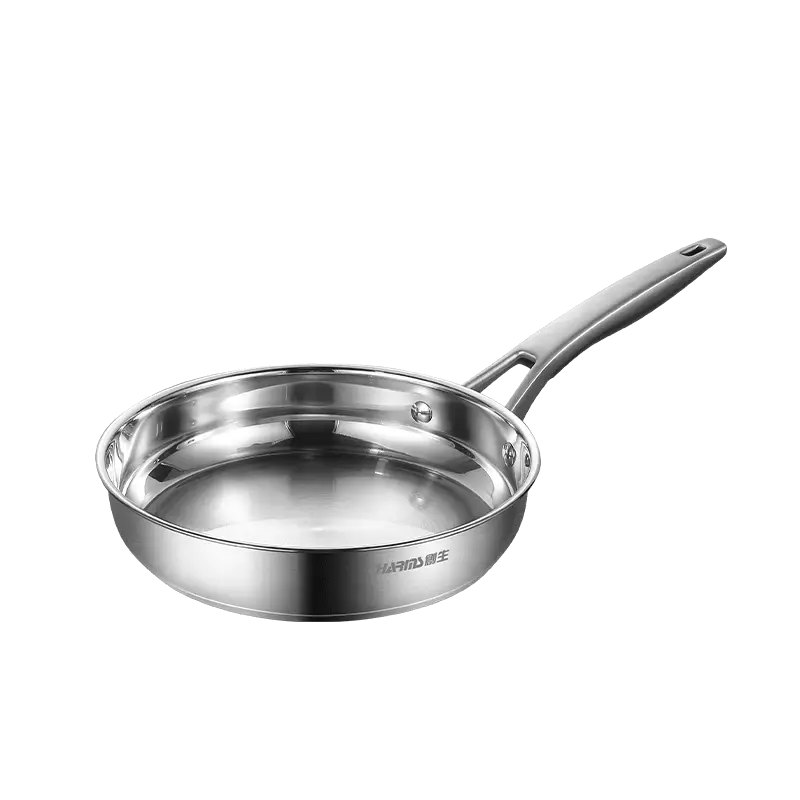
7. Conclusion
Both 304 and 201 stainless steels are widely used in kitchenware, but they are not interchangeable.
-
304 stainless steel delivers unmatched corrosion resistance, durability, and food safety. It is the material of choice for professional kitchens and anyone seeking long-term reliability.
-
201 stainless steel offers an economical option, but with trade-offs in performance and maintenance. It works best in light-use or budget-conscious environments.
Charms cook is a cookware manufacturer in China, if you are looking for a suitable manufacturer and are interested in us, please contact us!


